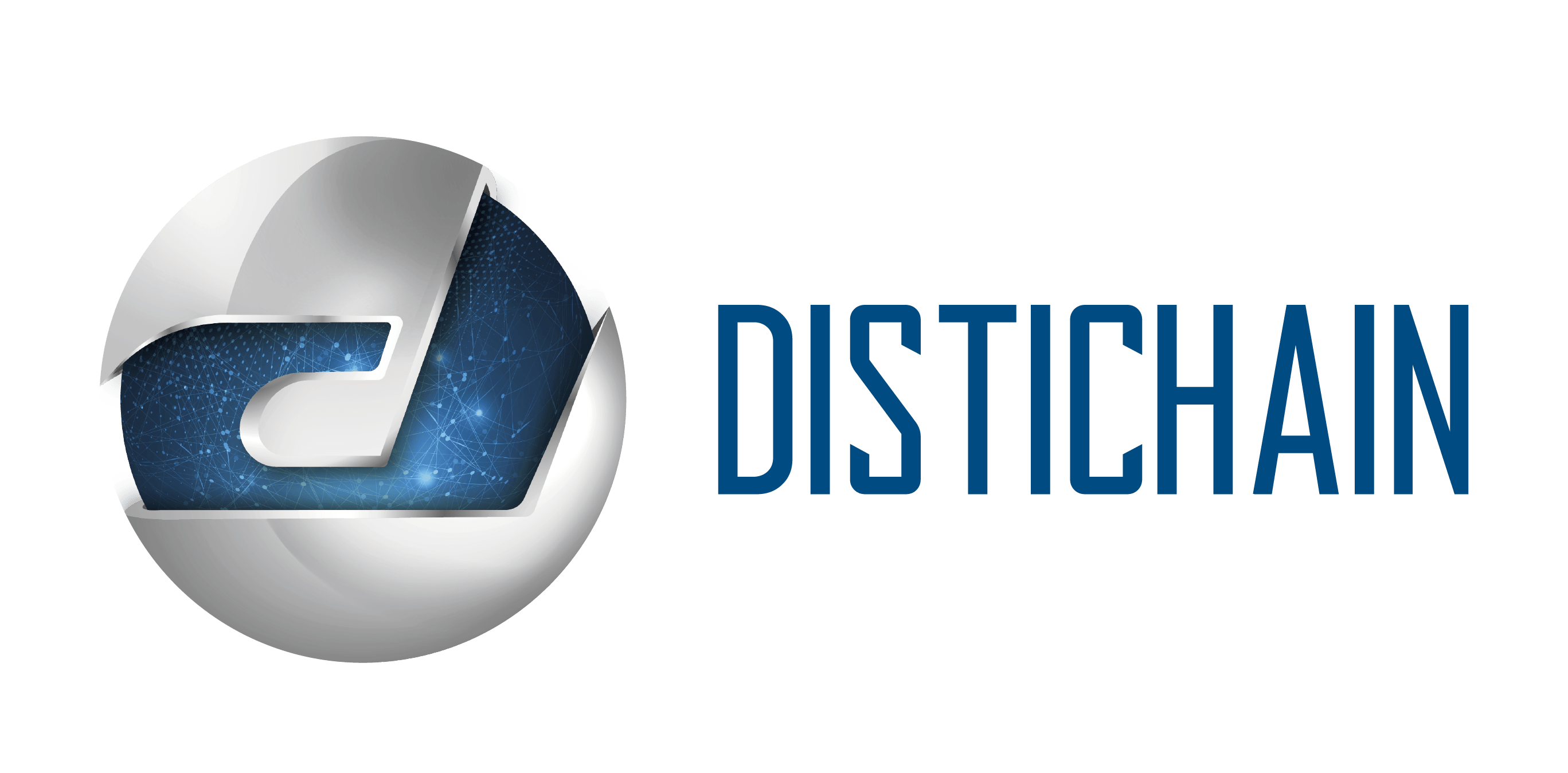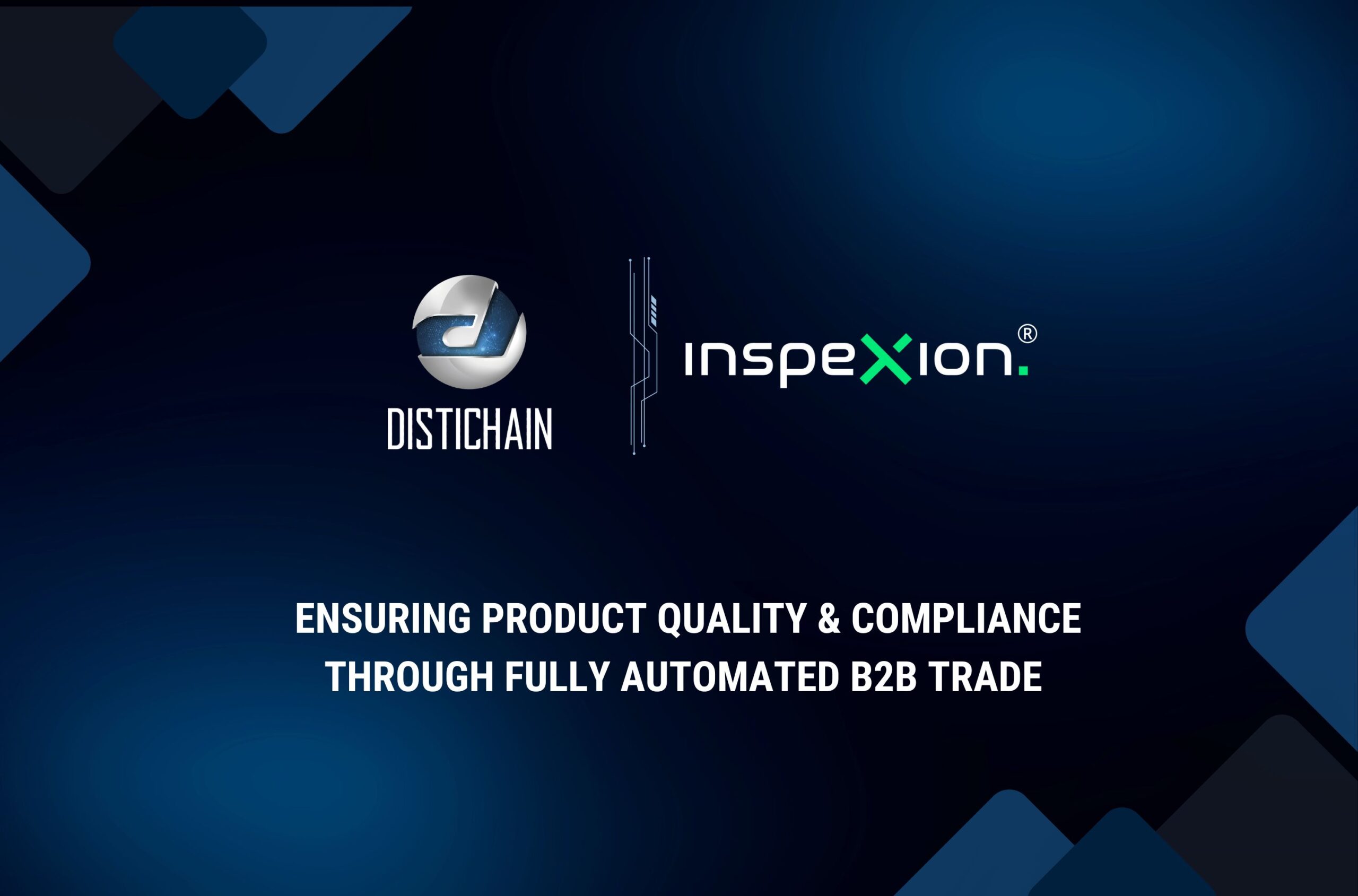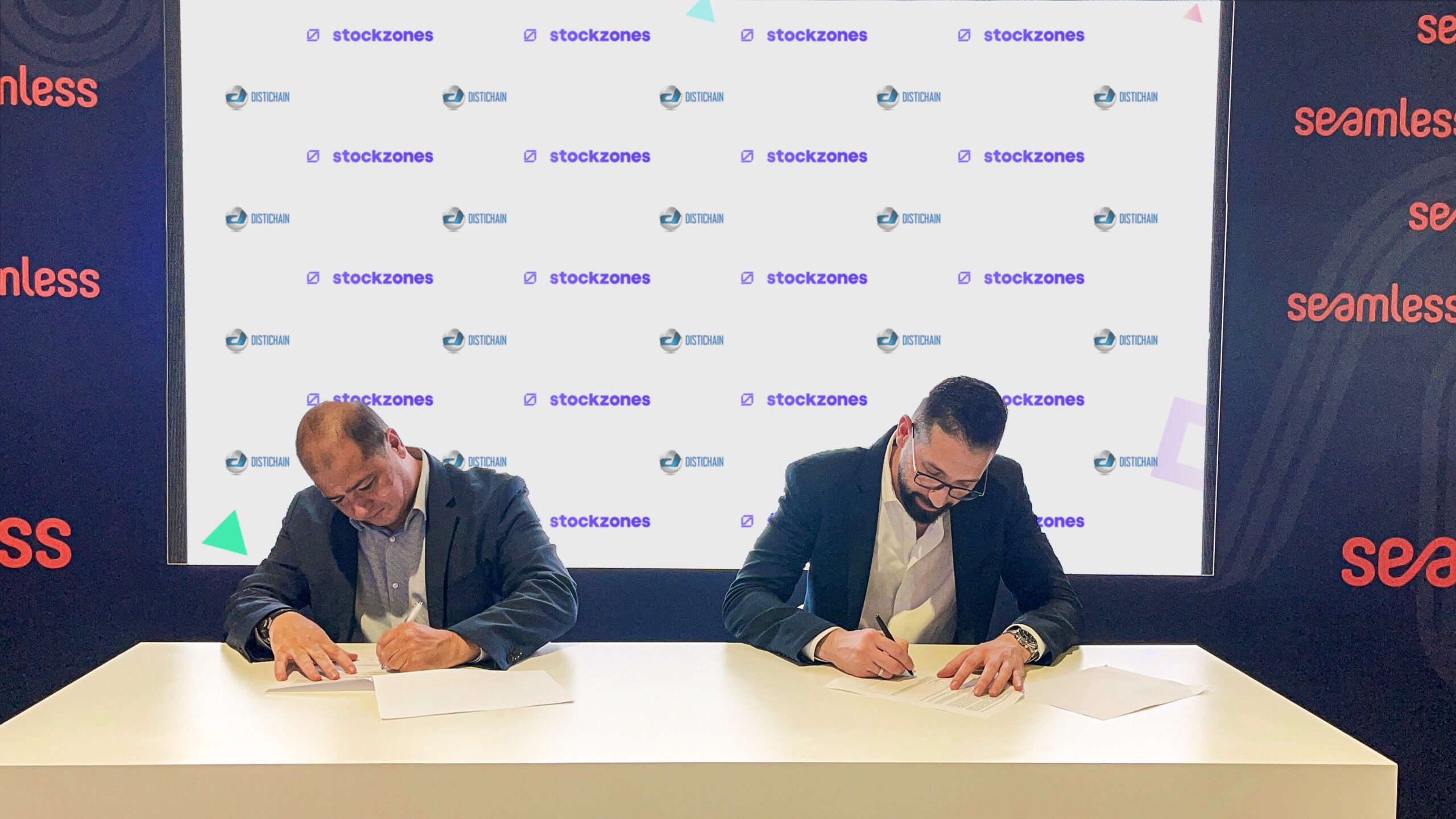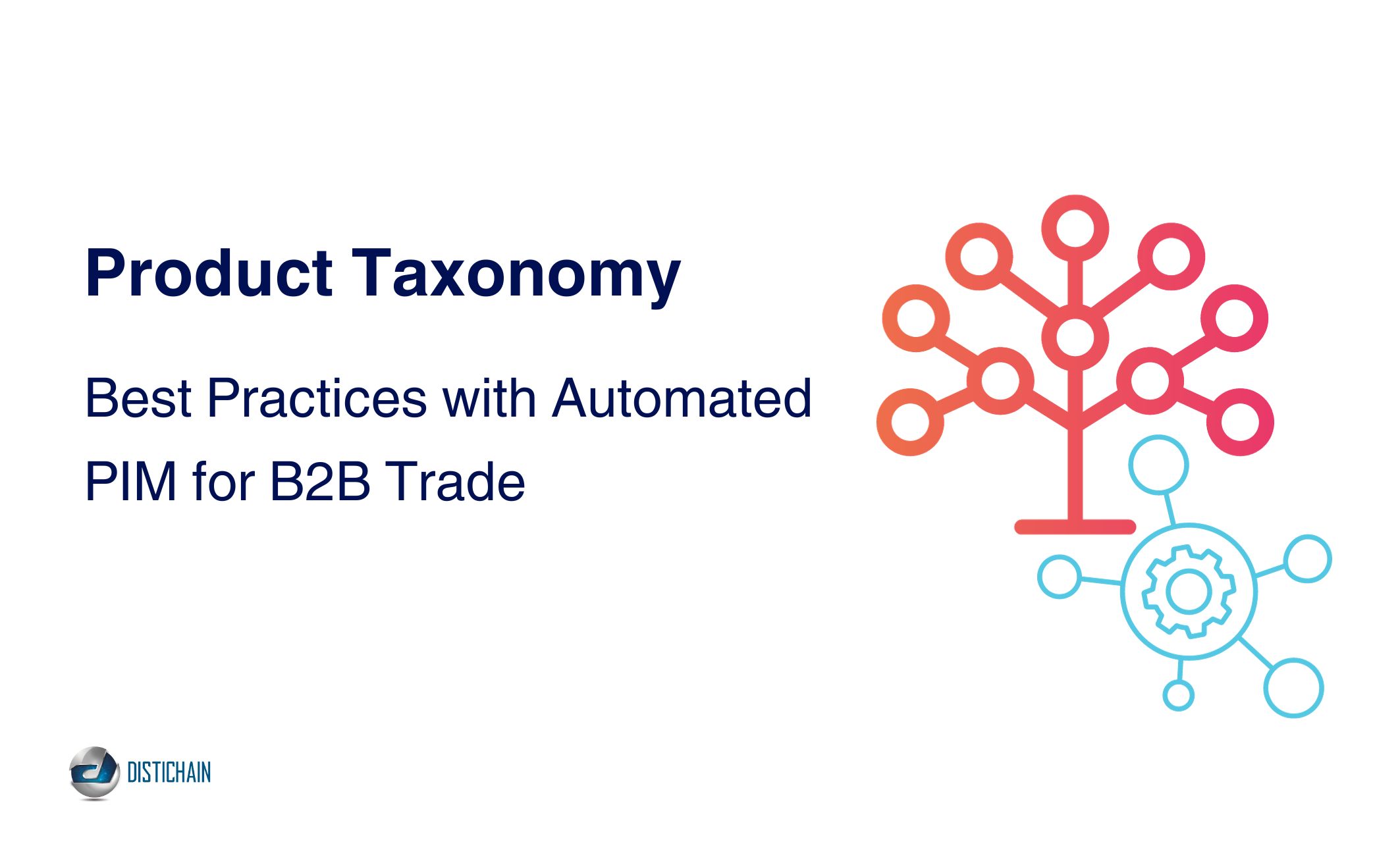Do you have a B2B platform but need help with supplier onboarding? You may be considering a way to automate your process but still need to figure out where to start. Read on to learn more and elevate your supply chain to new heights.
The Importance of Supplier Onboarding
Supplier onboarding is essential when engaging with new suppliers. It involves collecting and verifying supplier information, ensuring they meet regulatory requirements, and establishing communication channels. With a thorough onboarding process, companies can reduce risks such as fraud, data breaches, and compliance violations.
All companies need an effective onboarding process to protect their business interests. Without it, they may unknowingly engage with high-risk suppliers that pose significant threats. A comprehensive approach helps build strong supplier relationships and maintain quality, delivery, and performance expectations.
The Supplier Onboarding Process

This process can seem daunting, but it is essential for mitigating risks and building solid relationships with new suppliers. Let’s walk through the general process:
Step 1: Requesting and Approval
Generally, this starts with a purchase order approval and the green light to contact the supplier. Usually, this internal and unstructured process precedes the remaining steps, as it requires manager approval to determine whether legal or security teams need to be involved.
Step 2: Initial Contact and Communication
After the necessary approvals, open communication channels. Use this time to discuss expectations, answer questions, and provide an overview of the onboarding process.
Step 3: Supplier Pre-Qualification
Evaluate the supplier’s qualifications and determine if they meet standards. If all goes well, you can ensure the supplier you’re onboarding does not pose risks. Review their financial stability, technical capabilities, and quality assurance procedures.
Step 4: Documentation and Compliance
Next is collecting and verifying documentation, such as business licenses, insurance certificates, and product specifications. As the final stage in pre-integration, this is also the time to make sure the supplier complies with regulatory requirements – reinforcing legitimacy.
Step 5: Training and Education
Then comes the most important part of onboarding: training. Provide suppliers with training and education to understand the processes. Skipping this step can cause significant issues down the line. This may include product-specific training, safety protocols, and quality control procedures.
Step 6: Integrating into Existing Systems
With training completed comes integrating the supplier into your ERP or other relevant systems. These systems include procurement, accounting, logistics, and others specific to your platform and process. Make sure to tackle establishing internal communication channels, payment terms, and assigning contacts.
Step 7: Ongoing Performance Evaluation
Since suppliers are an integral part of your B2B trading process, evaluating the ongoing performance guarantees they meet company expectations. Your evaluation should include monitoring delivery times, product quality, and regulation compliance.
Benefits of Streamlining and Automating the Process
While the above process seems relatively straightforward, it’s time-consuming. Streamlining and automating the supplier onboarding process can reap significant benefits. These include:

-
Time and Cost Savings
Streamlining saves time and costs for manual paperwork processing, data entry, and other administrative tasks. Automation also expedites the process and reduces the time it takes to onboard new suppliers. In fact, according to Informatica, businesses that automate their supplier onboarding processes spend up to 80% less time.
-
Enhanced Supplier Relationships
It also builds stronger supplier relationships. Suppliers are more likely to see your company as a preferred partner by providing a more efficient and organized process. They will also be more motivated to deliver quality products and services.
-
Better Risk Management
Your company can better manage risks associated with engaging new suppliers. Collecting and verifying supplier information more efficiently will help quickly identify potential issues or red flags and take steps to mitigate risks.
-
Improved Supply Chain Performance
And finally, a streamlined onboarding process improves supply chain performance. Quick onboarding reduces delays and disruptions, complies with regulations, and improves supply chain efficiency.
These benefits are critical for maintaining a healthy supply chain, protecting your company’s bottom line, and positioning your business for success in the long term.
Supplier Onboarding Tools and Technologies
Now that we’ve covered the basics and benefits, let’s unpack tools and technologies to support supplier onboarding. Most importantly, answering what tools and technologies can streamline the process.
Supplier onboarding tools and technologies make for a more efficient and effective process. Here are five essential tools to consider:

E-Procurement Platforms
These platforms automate procurement processes and streamline onboarding. They allow companies to manage supplier information, negotiate contracts, and make purchases in a centralized location.
Vendor Management Systems
These systems can help companies manage their suppliers throughout their lifecycle, from onboarding to offboarding. They provide a centralized location for tracking supplier information, managing contracts, and monitoring supplier performance.
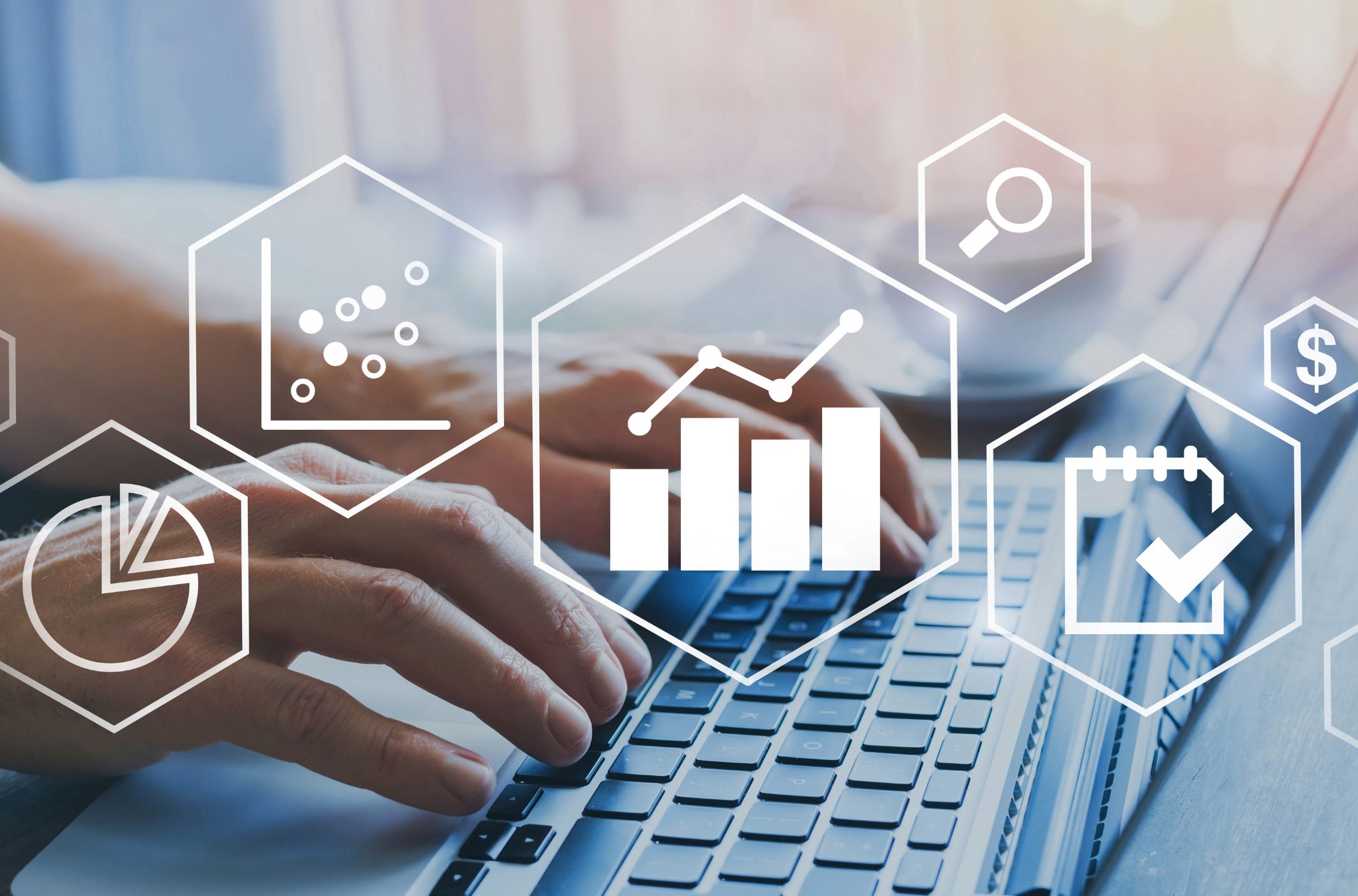

Automated Document Management
Manual data entry will soon become a thing of the past. Automating the collection and verification of supplier documents can save time and reduce the risk of errors. These tools streamline collecting and storing supplier information for error-free documentation.
Electronic Signature Solutions
Not only is this more efficient, but it’s also a simple environmental tool to employ. Suppliers can sign documents electronically, reducing the need for printing and mailing documents and speeding up the onboarding process.
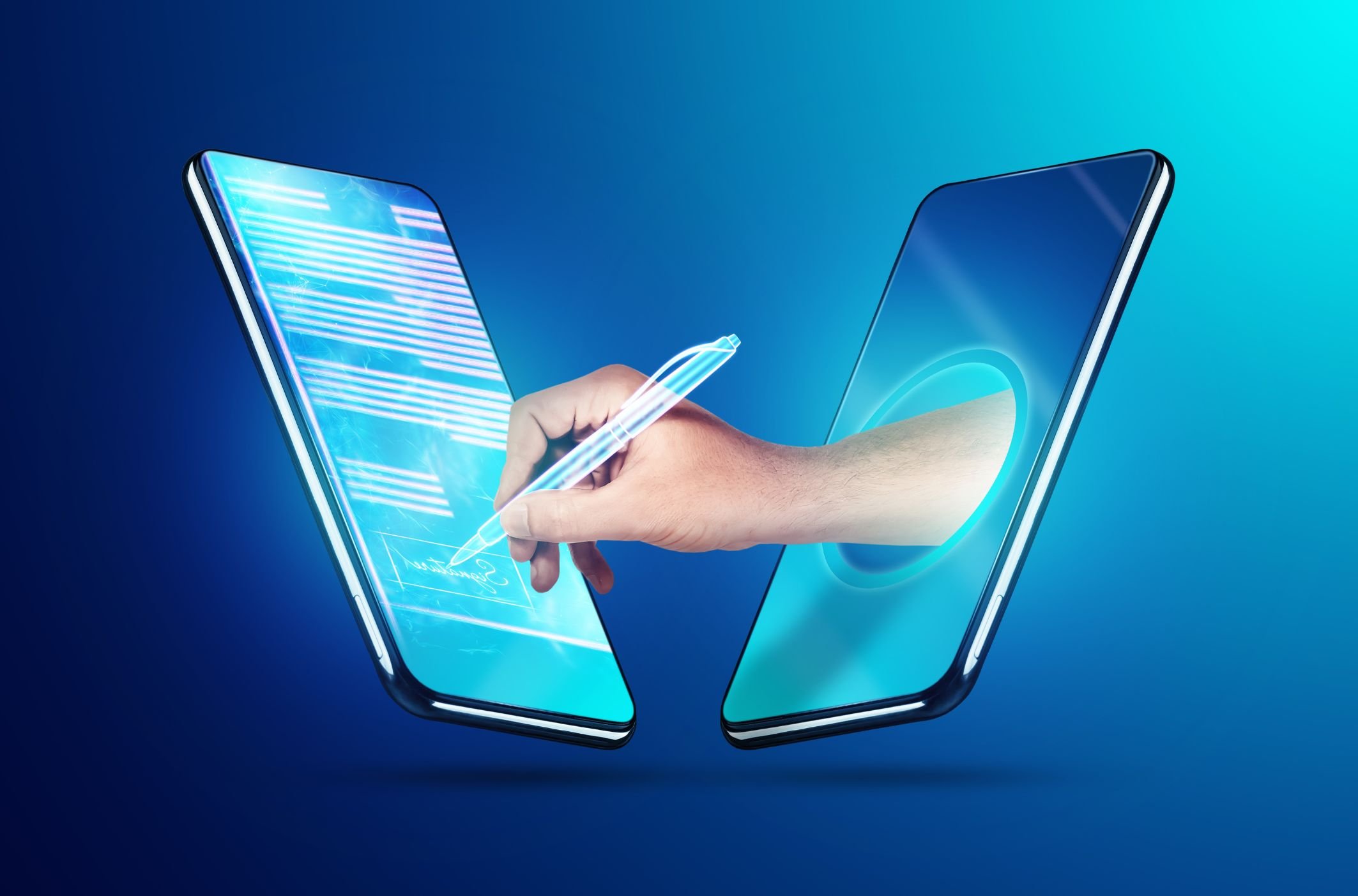
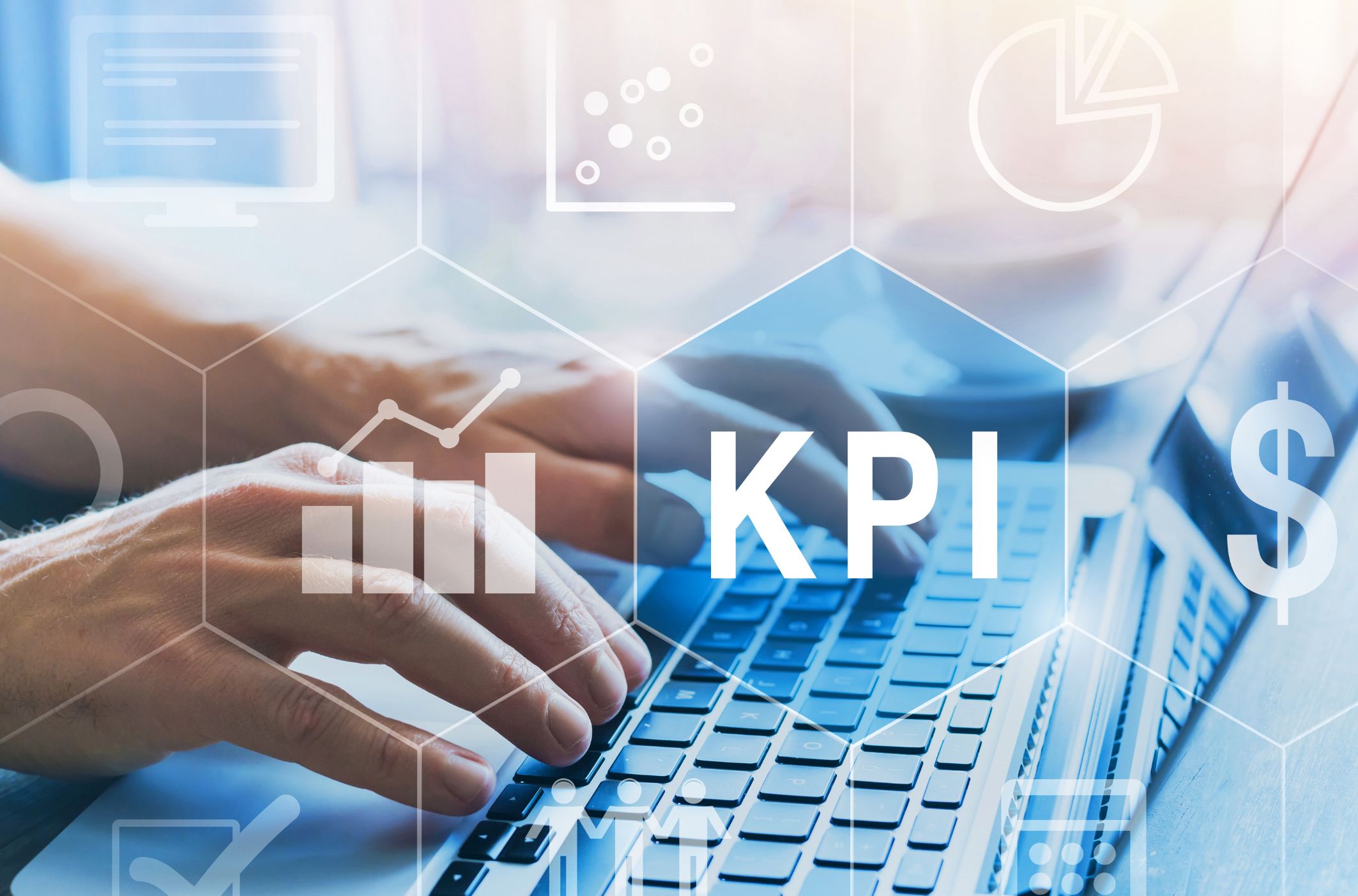
Supplier Performance Analytics
Analyzing supplier performance helps identify areas for improvement and optimize supplier relationships. These tools track key performance indicators, such as delivery times and quality metrics, to help make data-driven decisions.
The Future of Supplier Onboarding
As we move into an era of rapid technological advancements, supplier onboarding is evolving to incorporate new tools and methodologies. These emerging trends and innovations are shaping the future of supplier onboarding, helping businesses stay competitive and maximize their supply chain efficiency:
AI-Powered Supplier Selection
Artificial Intelligence (AI) is revolutionizing how companies approach supplier selection. By utilizing machine learning algorithms and vast datasets, businesses can evaluate potential suppliers based on criteria, like reliability, pricing, and quality. Tools like these can enable your team to make smart, data-driven decisions about their supply chain and ultimately drive growth and success.
According to IBM, most companies take up to 30 days to onboard a new supplier. With these tools, you can easily see onboarding reduced to just a few days. As such, saving time and ensuring that businesses partner with the best-suited suppliers for their needs. As AI evolves, expect supplier selection to become even more efficient and data-driven.
Blockchain Technology in Supply Chain Management
Blockchain technology significantly impacts supply chain management by providing a transparent, secure, and tamper-proof digital ledger. This decentralized system allows for real-time tracking of goods, improved traceability, and enhanced two-sided collaboration.
By incorporating blockchain into the supplier onboarding process, companies can build trust, mitigate risks, and verify compliance with industry regulations. As the adoption of blockchain technology grows, it will revolutionize how we manage and interact with our supply chains.
The Role of IoT in Supplier Onboarding
The Internet of Things (IoT) is increasingly crucial in supplier onboarding for optimizing supply chains. IoT devices can provide real-time data on various aspects of the supply chain, such as inventory levels, shipment tracking, and supplier performance.
This data allows companies to make more informed decisions, streamline onboarding processes, and enhance supplier collaboration. As IoT technology advances, its integration into the supplier onboarding process will become even more critical for businesses looking to stay competitive.
Embracing Efficiency for Success
In conclusion, embracing efficiency in supplier onboarding is vital for achieving long-term success and fostering strong business relationships. Leverage cutting-edge tools and technologies to streamline the onboarding processes, save time and costs, and improve supply chain efficiency.
Adopting these innovations not only positions your company for enduring success but also ensures you remain competitive in a rapidly-evolving global marketplace.
Are you considering a platform with the top tools and technologies for supplier onboarding? Learn more today.
